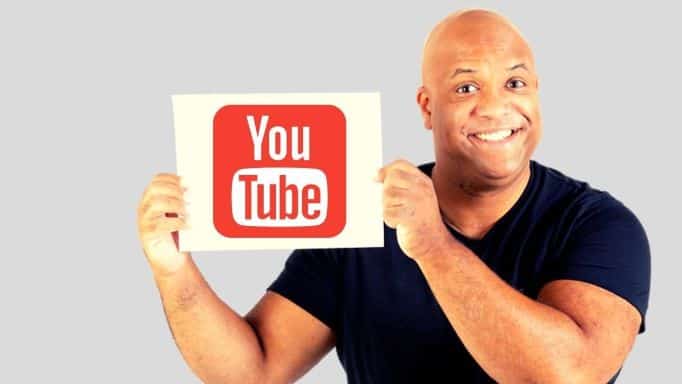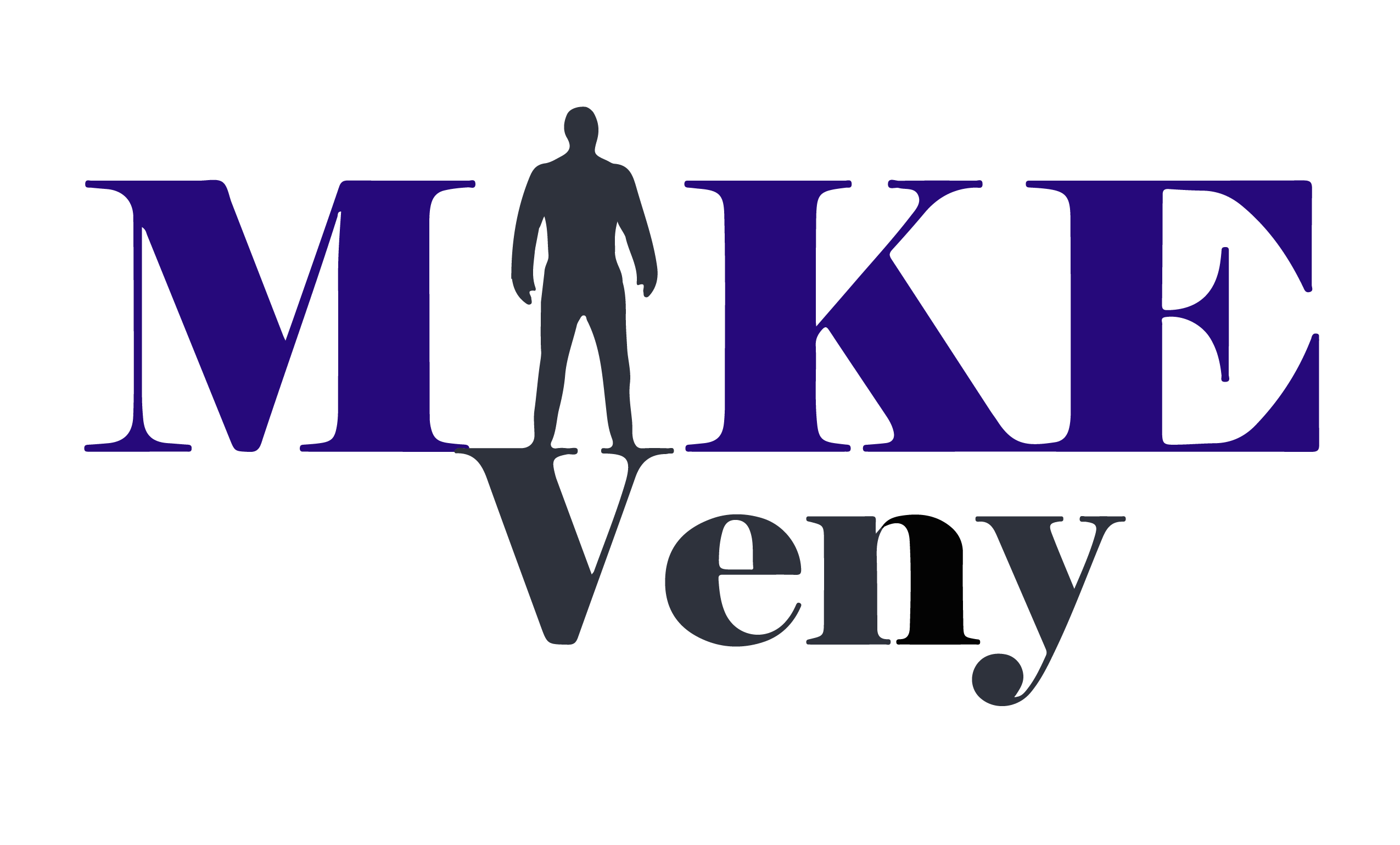
If you enjoy the video below, please like, comment, and subscribe to my channel!
Is your workplace mentally unhealthy? If so, then you need to watch this video. By the end of this video, you will learn three strategies that you can apply and share with your team at work to help your workplace become a mentally healthy environment. Thank you for taking a moment to watch this video. My name is Mike Veny and on this YouTube channel, you will find peace of mind through original mental wellness tips, proven Diversity & Inclusion strategies, and so much more. If you are new, welcome to the channel. I invite you to subscribe and hit that little alert bell so you can be notified the moment a new video comes out.
I’m a workplace mental health speaker and I also teach an online course called Transforming Stigma® in the Workplace. Here are some strategies that you can apply to your workplace.
Number one, learn what mental health resources are available at your workplace and share them with others constantly. Most workplaces have an EAP, which is an acronym for an employee assistance program. And typically those programs have phone numbers that you can call and speak with a counselor, options for treatment, and so many different things to help you if you’re struggling with a mental health challenge. The other thing that you can do is actually see what’s available locally. There are organizations like NAMI, which stands for the National Alliance on Mental Illness, and MHA (Mental Health America) that have a variety of programs that you can take advantage of and you can share about in the workplace.
So it’s really important to take about an hour of your time, learn about what’s out there, and share about it in everyday conversation. This is a big one,. So great if you know the resources and great if you tell someone once in a while, who’s struggling, but talk about it on a regular basis and make it a part of the culture. That’s one of the keys to transforming stigma actually – is to make this a normal conversation that we have all the time, not a special conversation. So number one, make sure you learn about the resources that are available and share about them constantly.
Number two is to get your leadership to commit, to normalizing mental health conversations in the workplace. Now, a lot of times in companies, leadership is on board with it, but they don’t get to the point where they’re committed and normalizing it as part of everyday conversation in the workplace.
I want to share a story with you. Several months ago, I had the opportunity to deliver a presentation to a Fortune 500 company. I was their keynote speaker for a big mental health day event. And prior to my presentation, they had a video play for about six or seven minutes of the company leadership, the C-suite, sharing stories about their own mental health journey. Let me say that again, the leaders of the company were sharing their own mental health journey. The medications they’re on, the struggle they battle with depression, and how their anxiety creeps up on them. All of this stuff and it was just so powerful. And I actually believe that their presentation, their little video is more powerful than anything I could have said in a presentation. I actually believe that this helped many of the employees in the company who I’ve kept in touch with and I’m finding out that many of the employees are coming forward and asking for help and just normalizing the conversation. So it simply starts with leadership getting on board. Now, this is easier said than done. If you work for a company, this might be a difficult task. I’m not going to say that it’s easy, but you can start trying to get the conversation going with leadership. If you are a leader, well, I think you know what to do.
And I want to ask you a question right now. I’m just curious. Have you ever had a leader at work or school, church, your synagogue or another situation share about their mental health journey? Have you ever had a leader do that? What was that experience like?
Number three, be loud about recognizing and rewarding employee contributions. Oftentimes in life, we don’t feel recognized for the little things that we do, especially in the workplace.
Now, some workplaces are very good about this, but it’s really important to do this consistently, even on a daily basis when someone does something small and they do good, be loud about it, and share that with others. Point out in the meeting who is doing something that’s living by the company values. This is really important and it really boosts morale. Very, very important to do. On my own team, I make it a point to do that. I’ve got a lot of different projects going on, videos, courses, other things, and a lot of different people doing different things and a lot of little details, so I make it a point to notice when people are doing something really well and I’m loud about it. I will make a phone call to someone. I will get them on video, whatever it is, because it’s important that they know when they’re doing well, really, really important to do.
So. If you are an employee at a company, I encourage you to start doing that with your coworkers. Even if you feel like it’s the most toxic environment, you can be part of the change here, so it’s really important that you take that first step and start bringing that into the culture. If you are a leader, I encourage you to start doing this across the board and being consistent. You know, getting people to help that they need is great. Having people talk about it as great, but also boosting morale and making your workplace intentionally positive energy is something that’s going to change mental health in the workplace. So I encourage you to do that. So in summary, three strategies that you can start applying to improve mental health and wellness in your workplace. Number one, you can learn about the resources that are available and share about them constantly.
Number two, you can get leadership to commit, to making mental health a normal part of everyday conversation in the workplace. And number three, be loud about recognizing and rewarding employee contributions. Now you have three new strategies that you can bring into your workplace and empower people to have mental health conversations and ultimately make it a mentally healthy environment. What do you do for managers and directors who have team members who are struggling with mental health challenges? I’ve created a course called Transforming Stigma® in the Workplace. I encourage you to enroll in the course today. Be sure to check out my next video on setting boundaries at work.
Enroll in Transforming Stigma® in the Workplace.
RESOURCES & LINKS MENTIONED IN THIS VIDEO:
=======================================
Mike Veny’s presentations are highly sought-after due to his high energy, audience engagement, and the actionable takeaways that he provides for the audience. Learn more here.
Learn on the go with Mike Veny’s online courses. Exclusive self-paced programs, dynamically designed to make an impact while supporting today’s continuing education requirements.
=======================================
If you want a FREE dose of exclusive wellness insights for leaders, sign up for my monthly email.
TWEET THIS VIDEO
**Click HERE to SUBSCRIBE for More Videos
=======================================
Thanks in advance for watching!
– Mike Veny 😎




